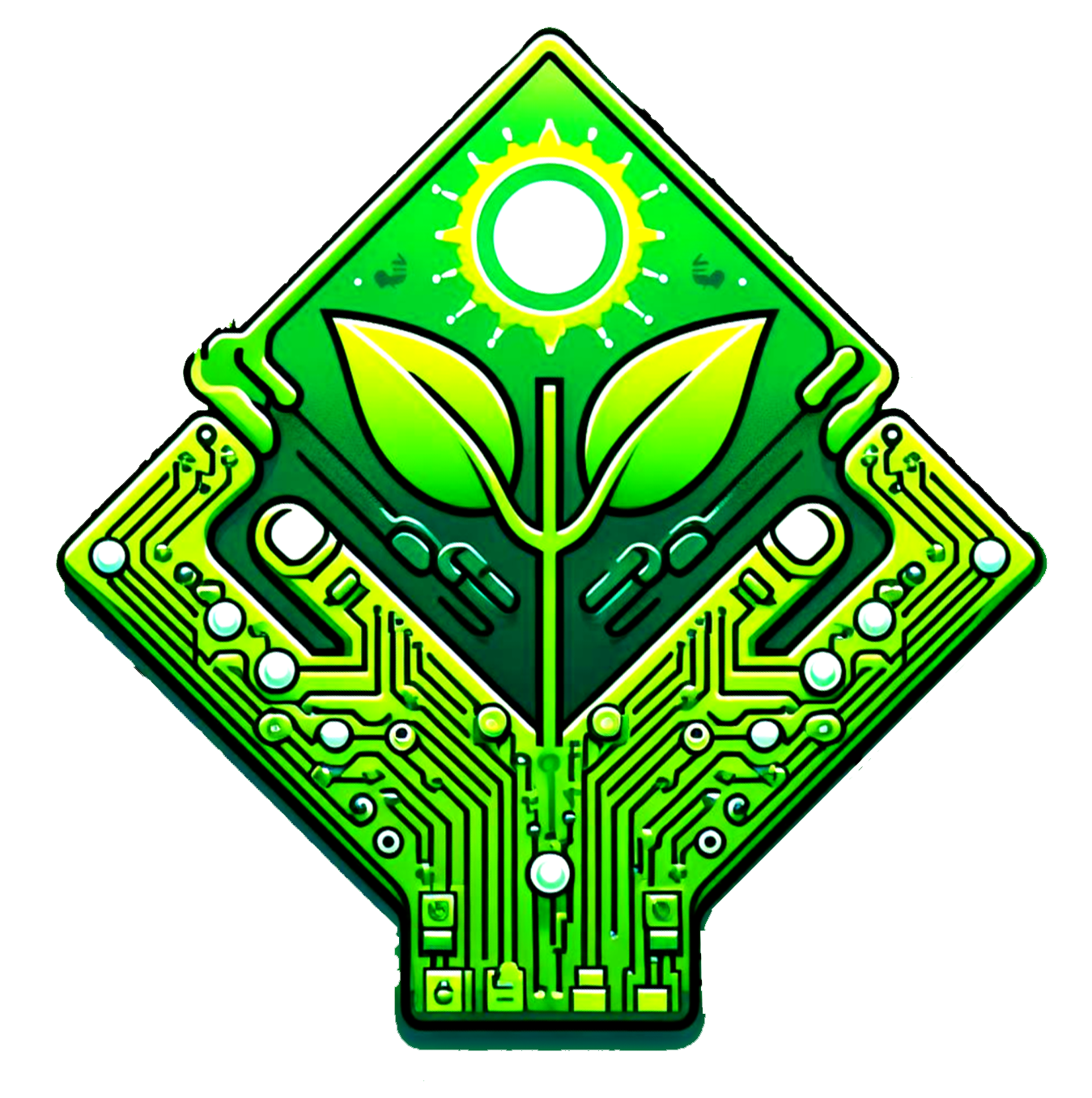GRASP – a project for Green Semiconductors
… but much more than that. A new approach using printed semiconductors on flexible substrates providing low cost, low NRE (Non-Recurring Engineering Costs), fast turnaround from design to manufacture and opening up whole new applications.
What makes a semiconductor “green”?
Energy (resulting in CO2) is used in manufacturing devices, consumed by them in use, and further consumed usually in safe disposal of them at end of life.
Manufacturing
Conventional semiconductors require high purity silicon wafers, high purity toxic chemicals, and large amounts of energy and water for manufacturing. Semiconductor manufacturing is notoriously resource and energy intensive, from the management of cleanroom facilities to development of sub-fab tools and wafer processing. For instance, the total global IoT semiconductor primary energy
demand is projected to increase from 555 billion kWh in 2016 to 9.7 trillion kWh in 2025. As the performance and complexity of
devices increases, so does the number of process steps and the consumption of water, chemicals, gases and energy. Alongside
direct emissions from their facilities, manufacturers have to consider the impact from their supply-chain, energy generation, disposal of complex waste and technology life cycle.
The existing printed semiconductor processes are much greener than standard semiconductor processes. For more see https://www.pragmaticsemi.com/app/uploads/2023/04/Pragmatic-Sustainable-Manufacturing-White-Paper.pdf.
In this project we will be developing the existing printed semiconductor process used by Pragmatic to increase the density of devices we can manufacture by 10x, greatly increasing the markets that can be addressed. Thus the huge market for IoT, intelligent labels, wearable healthcare and a vast range of single use devices can be produced at a much lower environmental cost, mitigating the impact of the increasing market.
Use
More and more uses of electronic devices are “always on”, and so the power consumption over time is significant. Just as in silicon semiconductors, it was the development of complementary transistors leading to CMOS which dramatically cut power consumption, we are developing a complementary process for printed semiconductors, which will lead to orders of magnitude reduction in power consumption.
End of Life
Disposing of semiconductors at the end of life can pose risks, such as leaching toxic substances if disposed of in landfill. Printed semiconductors use fewer toxic materials and there are well established and widespread schemes for recycling plastics – the substrates used in this project for both chips and assemblies.
